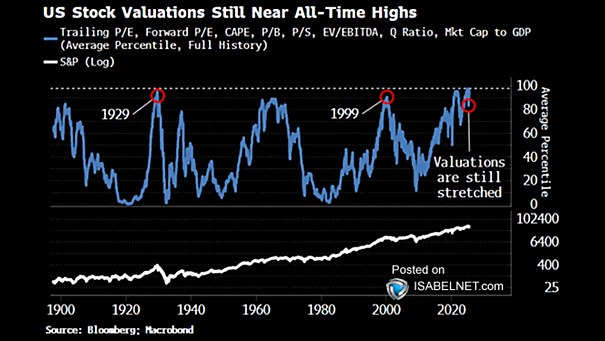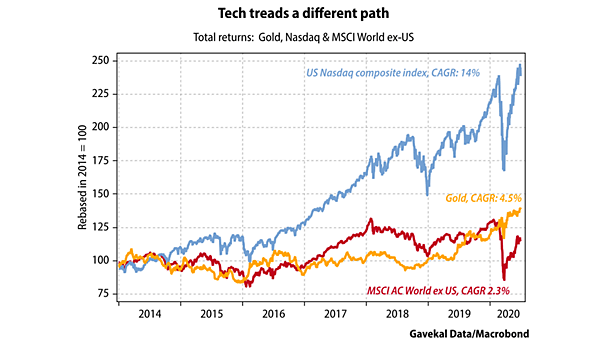S&P 500 Valuation
S&P 500 Valuation U.S. stocks are priced for perfection — valuations sitting at levels that rarely end well. Timing the turn is tricky, but when prices run this hot, even the slightest cool-down in fundamentals can burn. Image: Bloomberg


